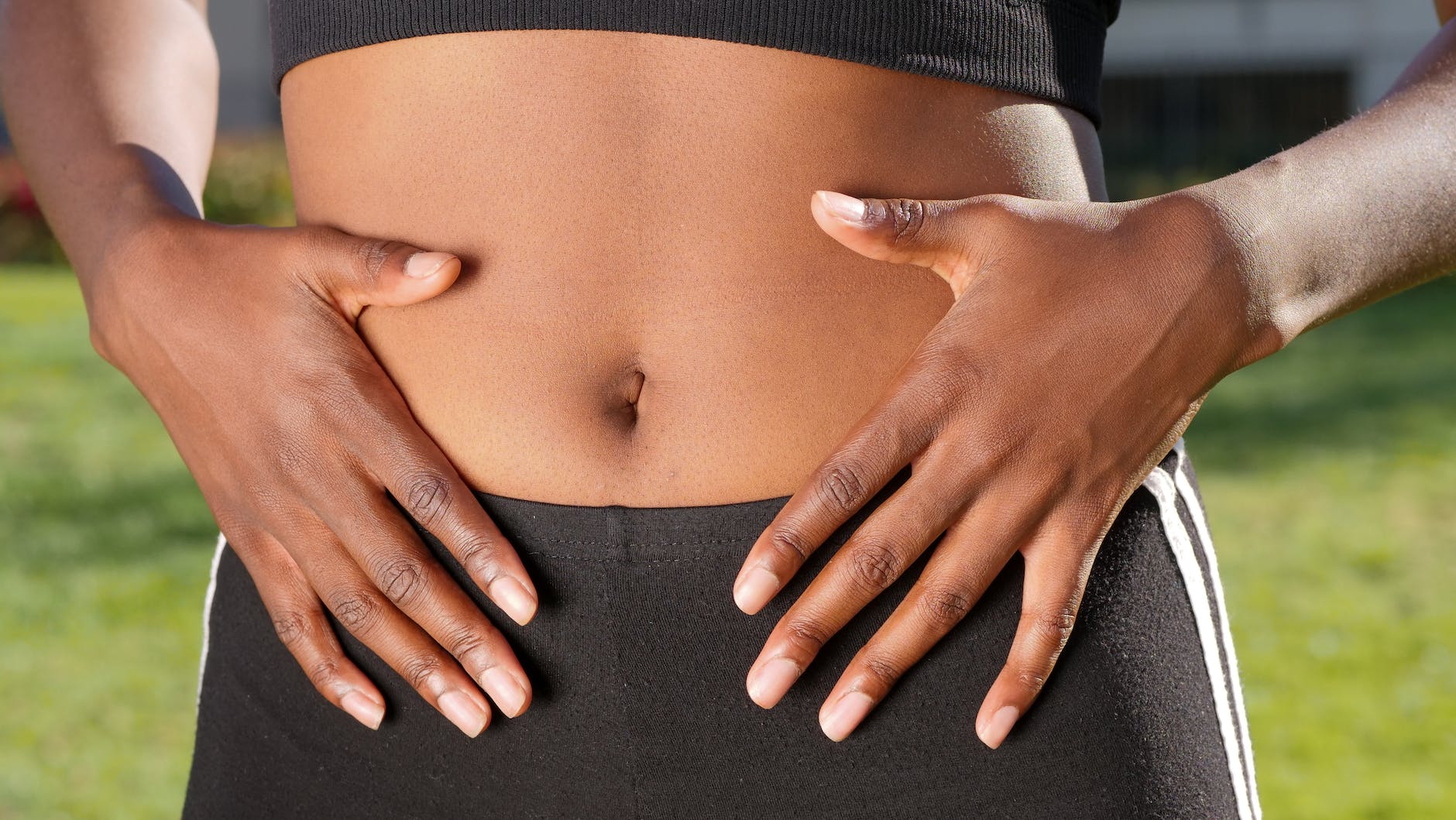Is snacking making your gut symptoms and histamine intolerance worse? I find a lot of my clients are frequently snacking and one of the questions that I get asked frequently with my clients is – Should I snack?
In short, the answer is no! But why?
In this blog, we look at why snacking is not helping your histamine intolerance, in fact, it could be creating more problems.
First, let’s do a quick recap of what histamine intolerance is and what symptoms you might see.
What is histamine intolerance?
Histamine intolerance is a condition in which a person experiences adverse symptoms when they consume foods or other substances that are high in histamine or that trigger the release of histamine in the body. When you have histamine intolerance, the body’s ability to break down and metabolize histamine is impaired, leading to an excess of histamine in the bloodstream.
Histamine is a naturally occurring compound involved in various bodily functions, including:
- immune response
- regulation of stomach acid
- neurotransmission
- pain
- and allergic reactions and inflammatory processes.
The buildup of histamine is often likened to a bucket analogy. When histamine fills the bucket, then when the bucket overflows, the symptoms can occur. Read more about the histamine bucket in this article Histamine and Stress.
The excess histamine can cause a range of symptoms, which may include:
Gastrointestinal Symptoms:
- abdominal pain
- bloating
- diarrhoea
- nausea
- vomiting
- heartburn
- constipation
Skin Reactions:
- hives
- itching
- rashes
- eczema
- flushing of the skin.
Respiratory Symptoms:
- sneezing
- sinus congestion
- runny nose
- asthma-like symptoms.
Pain:
- headaches
- migraines
- muscle pain
- joint pain
- nerve pain
Cardiovascular Symptoms:
- rapid heartbeat (tachycardia)
- low blood pressure
- and in some cases, dizziness.
Fatigue and Sleep Disturbances:
- fatigue
- difficulty sleeping
- insomnia
- night time hot flashes
Neurological Symptoms:
- brain fog
- difficulty concentrating
- anxiety
You can read more in-depth about histamine intolerance in my blog.
So what does all that have to do with snacking?
Snacking interrupts an important function of our digestive system called the migrating motor complex, and if your digestive system is not functioning then this can be a causal factor in your symptoms!
What is the Migrating motor complex?
The migrating motor complex (MMC) is a pattern of electromechanical activity observed in gastrointestinal smooth muscle. This occurs during the period between meals and sleep.
The MMC is responsible for moving undigested food particles, debris, and other material through the digestive system.
The MMC serves several important functions:
Clearance:
The MMC helps clear the stomach and small intestine of any residual food particles, mucus, and debris that may have accumulated after a meal. This prevents the growth of harmful bacteria and reduces the risk of infections.
Preparation for Digestion:
The MMC clears out the remnants of the previous meal, making way for the next meal to be ingested and properly digested.
Preventing Bacterial Overgrowth:
By moving material through the digestive tract, the MMC helps prevent the overgrowth of bacteria in the small intestine. The small intestine is normally relatively low in bacterial content compared to the large intestine, when this gets out of balance we can get Small Intestinal Bacterial Overgrowth (SIBO).

What’s the frequency of the Migrating Motor Complex?
The migrating motor complex generally recurs every 1.5-2 hours and consists of 4 phases:
Phase I (Quiescence): This phase occurs immediately after a meal. The contractions are minimal, allowing the stomach and small intestine to accommodate and process the ingested food. This generally lasts for 45-60 minutes.
Phase II (Activity): As the stomach empties, the MMC enters Phase II. This phase is characterized by intermittent contractions that increase in frequency and intensity. These contractions begin in the stomach and move down through the small intestine, sweeping residual material ahead of them. This typically lasts for 30 minutes.
Phase III (Intense Activity): In this phase, the contractions become even stronger and more coordinated. They continue to push any remaining material towards the large intestine. This occurs for roughly 30 minutes.
Phase IV (Transition): This phase marks the transition from Phase III to Phase I. The contractions gradually decrease in intensity. Then the digestive tract enters a period of inactivity.
The MMC helps maintain proper gut motility and prevents the buildup of potentially harmful substances in the digestive tract. Disorders that affect the MMC’s function can lead to gastrointestinal issues. Such as SIBO, Small Intestinal Fungal Overgrowth (SIFO) and delayed gastric emptying. This then leads to symptoms of indigestion, burping, and reflux.
How does this relate to histamine intolerance?
The MMC doesn’t get the chance to function properly when meals are too close together or in the case of snacking. We need 3-5 hours between our meals to give our digestive system as much time in this phase as possible. As mentioned above, one of the consequences of the MMC not functioning is that there can be an overgrowth of small intestine bacteria (SIBO) or yeasts (SIFO).
Normally, in a healthy person, the small intestine has a small amount of bacteria that contributes to health. However, if this bacteria becomes overgrown then 1 of 3 different types of SIBO can develop:
- Hydrogen Dominant SIBO (most common)
- Methane Dominant SIBO, or
- Hydrogen Sulfide SIBO (stealth SIBO)
If you’re wondering if SIBO is causing your histamine intolerance, check out this article: Sibo and Histamine Intolerance.
Why snacking is not helping your histamine intolerance
Sibo can disrupt digestion by increasing the potential for foods to be converted to gas in the intestines. This gas triggers the release of histamine, therefore creating inflammation, damaging tissues and cells and creating symptoms such as bloating and flatulence.
Plus, this damage affects the small intestine’s ability to make DAO. DAO is the key enzyme in the body that breaks down histamine.
Plus the microvilli (tiny hairs) in the small intestine which store DAO can also be damaged due to inflammation.
Overall, SIBO creates a cycle that affects histamine release, DAO production and DAO storage.
SIBO can also lead to leaky gut, which irritates the immune system increasing reactivity further.
Snacking means that the MMC or migrating motor complex doesn’t have a chance to function properly which in turn may increase the chance of SIBO! In addition, if the MMC does not kick in you will have slower gut motility overall and are more likely to have constipation.
The good news though, is that by not snacking and increasing the times between meals you allow the MMC process to function as it is intended. Therefore reducing the risk of SIBO and the cycle that it can create.
How long between meals is recommended?
Generally, I recommend to my clients to stick to 3 meals a day without snacking. Generally, you want these meals to be eaten with a gap of about 3-5 hours.
If you have issues with your blood sugar you might still need to have your meals a little closer together at first while your body readjusts. Making sure you have enough protein, healthy fats and vegetables with each meal and less refined carbs, and increasing the size of your meals can help with regulating your blood sugar without having to eat every 2 hours.
If you’re having difficulty managing your low histamine diet, and spacing out your meals then you might need help to resolve underlying issues such as SIBO, lack of digestive capacity, SIFO and more that can be contributing to your symptoms. Getting professional help to find out what’s really going on and why is the first step towards food freedom.
Struggling to get answers about your histamine intolerance symptoms?
Watch my free Masterclass – The 5 Steps to Healing from Histamine Intolerance.
You will learn my 5-Step plan, the exact same method I used to recover from histamine intolerance. These 5 steps everyone with histamine intolerance must know to resolve all those confusing symptoms and get back to eating foods you love without fear!


 The importance of mindful eating
The importance of mindful eating